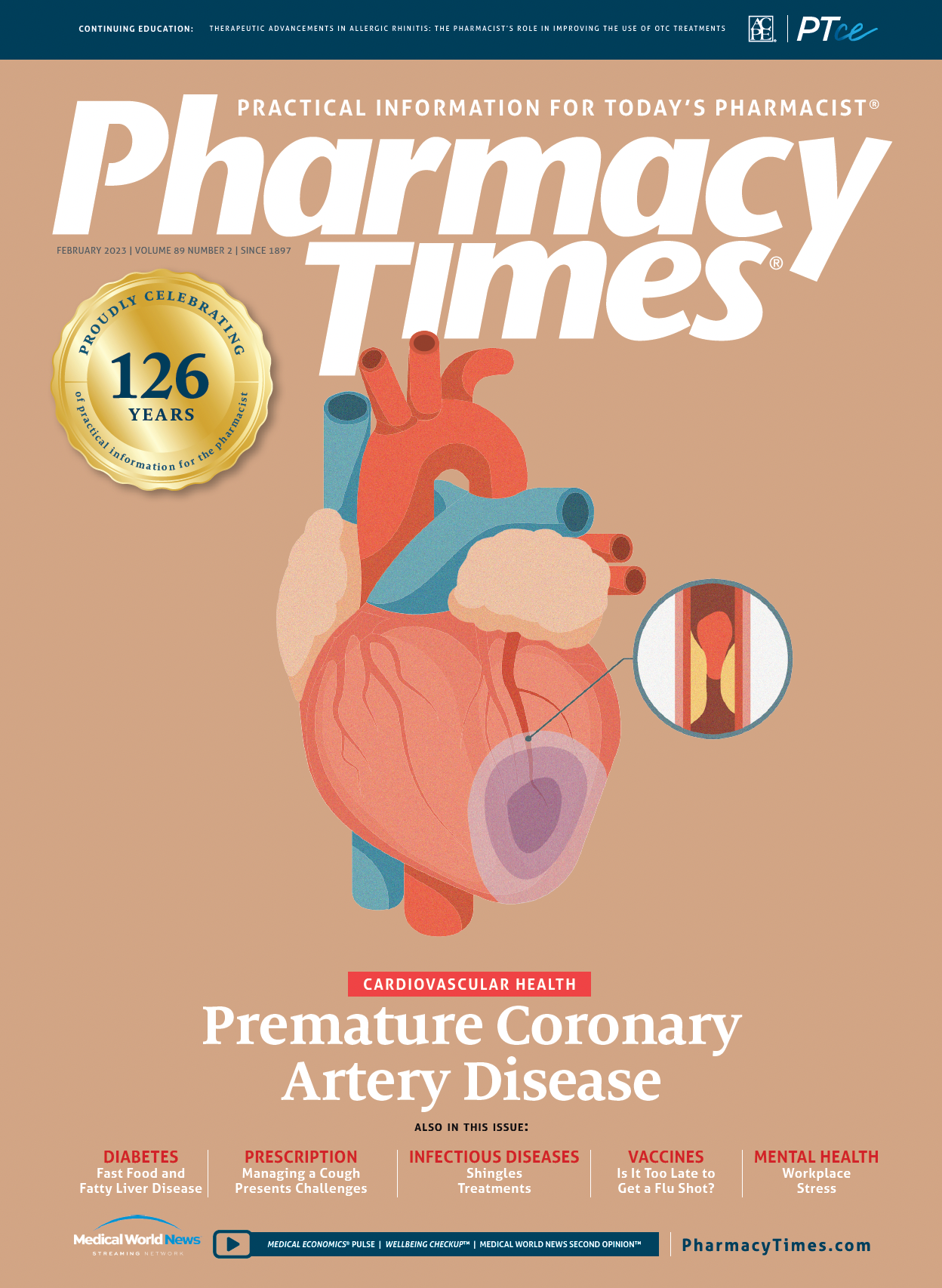Expert: Infusion Pharmacy Technicians Can Reduce Workload in Oncology Pharmacy
Evaluating tasks, such as appropriate site of care and plan benefits, frees up time for pharmacists.
Infusion pharmacy technicians have specialized role that plays a pivotal part in optimizing clinical and financial outcomes for infusion patients, Curtis Hudson, BA, NHA-CPhT, said during a presentation at the American Society of Health System Pharmacists 2022 Summer Meetings and Exhibition. Hudson is a senior certified pharmacy technician at UK Health Care in Lexington, Kentucky.
“We assist patients with selecting the most appropriate site of care for their infusions, and we determine how those infused drugs will be billed,” he said. “Training pharmacy technicians to evaluate appropriate site of care and waived plan benefits can reduce the workload for the pharmacist and lead to advancement opportunities for technicians.”
Billing: Medical Vs. Pharmacy Benefit
Infused drugs can be billed either through the medical or the pharmacy benefit, Hudson said. For this reason, the first thing an infusion technician does is investigate a patient’s coverage, deductible, expected co-payments, and maximum out-of-pocket cost. “Whenever we’re given the option of choosing between medical or pharmacy billing, it may be more financially viable to go one route over the other for the patient,” Hudson said.
“Next, we review the patient’s clinical data and try to obtain the prior authorization,” he said. “Let’s say we try to submit it through the medical coverage, and then they deny it, saying, ‘It’s not medically necessary for the patient’s diagnosis.’” In these cases, an infusion technician would try to appeal the denial. If that appeal is unsuccessful, then it is appropriate to pursue the pharmacy benefit route instead. “When we hit a roadblock with one coverage, it’s nice to have a second option,” Hudson said.
Finally, when looking at billing, it can be advantageous for technicians to look at the pharmacy’s own reimbursement to keep the process patient centered, he said. However, when the billing decision is cost neutral for a patient, an infusion technician can choose the most financially responsible option for their organization.
Evaluating Site of Care
Some factors infusion technicians consider when helping determine site of care for patients are drug availability, insurance requirements, and patient needs and preferences. For insurance requirements, patients who are insured under Medicare must go to a provider-based department or hospital for treatment, Hudson said. Additionally, a growing trend for commercial payers is requiring a lower site of care, such as an ambulatory or home infusion suite.
“Luckily, at my organization, we have both [ambulatory and home infusion] now, so we’re able to keep more of our patients in-house,” Hudson said. “We would have lost quite a few patients with these recent changes.”
If a drug is covered only by the pharmacy benefit, then the chosen site must either have a specialty pharmacy that can fill it or it must be able to accept an outside medication, Hudson explained. Additionally, infusion technicians con sider patient needs and preferences when deciding on the appropriate site of care. To help patients remain adherent, it is beneficial to find a site of care that is close to home so they can make it to their sites every month, Hudson said.
There are also patients who need financial and social services, he said. In these cases, technicians can help patients pursue either in-house financial or manufacturer assistance programs for support.
Finally, when looking at drug availability, facilities usu-ally have their own drug formularies that can affect the availability of different drugs, Hudson explained. For example, some organizations will only infuse using biosimilars. When this occurs, if a provider is unwilling to change the therapy to a biosimilar, technicians can help make the deci-sion to not pursue that site of care.
Furthermore, some institutions will exclude certain drugs from their formularies entirely, affecting where patients will need to go for a specific drug. There can also be restrictions placed on how and where medications can be ordered, Hudson said. In these cases, some drugs may require enrollment into a risk evaluation and mitigation strategies program, but that is difficult. When this occurs, technicians are a critical resource in supporting patients through this process and decreasing the workload burden for oncology pharmacists.
Reference
Hudson C. Infusion confusion and financial solutions: advancing the pharma-cy technician role. Presented at: American Society of Health-System Pharmacists 2022 Summer Meetings and Exhibition; June 11-15, 2022; Phoenix, AZ.

